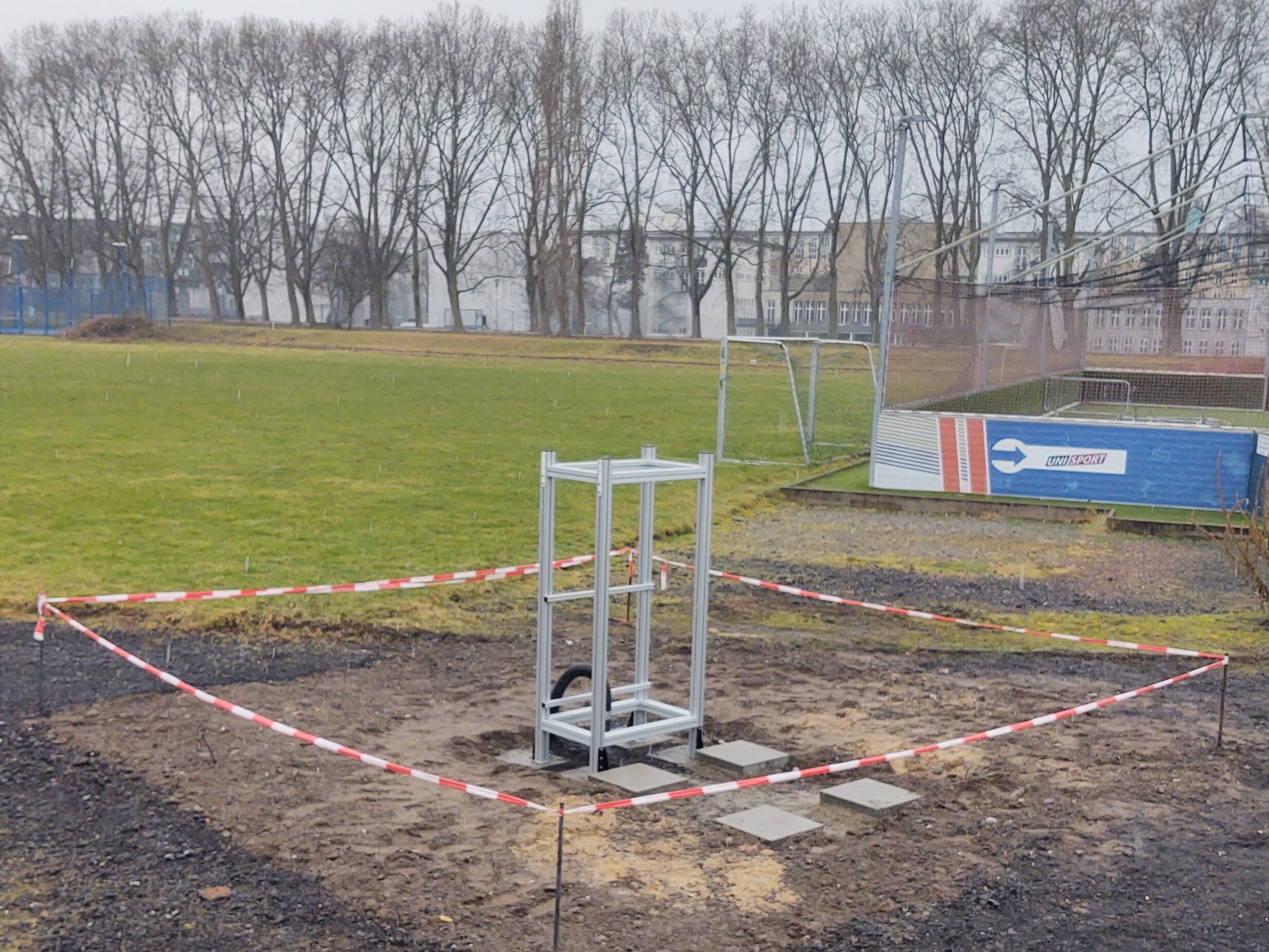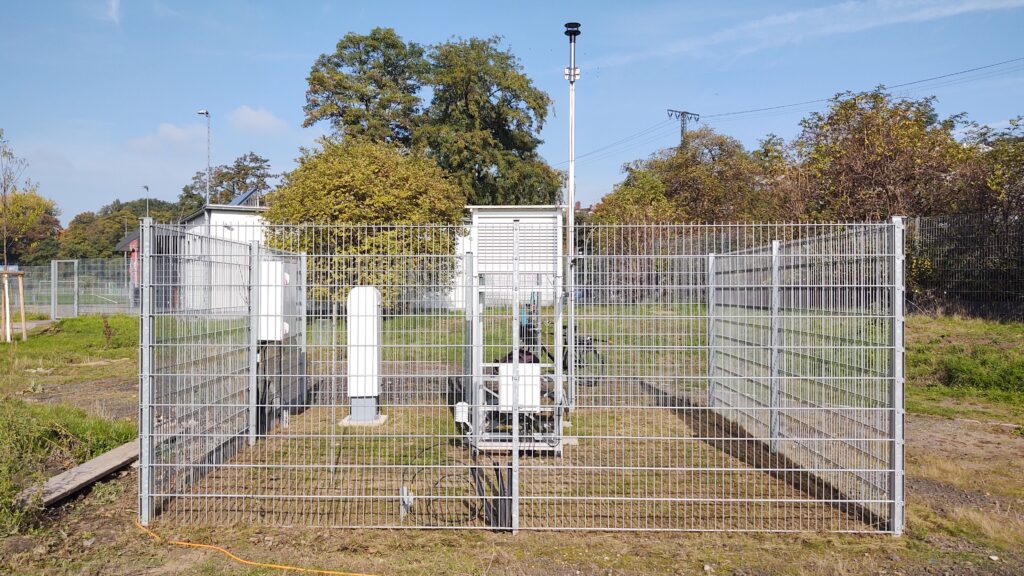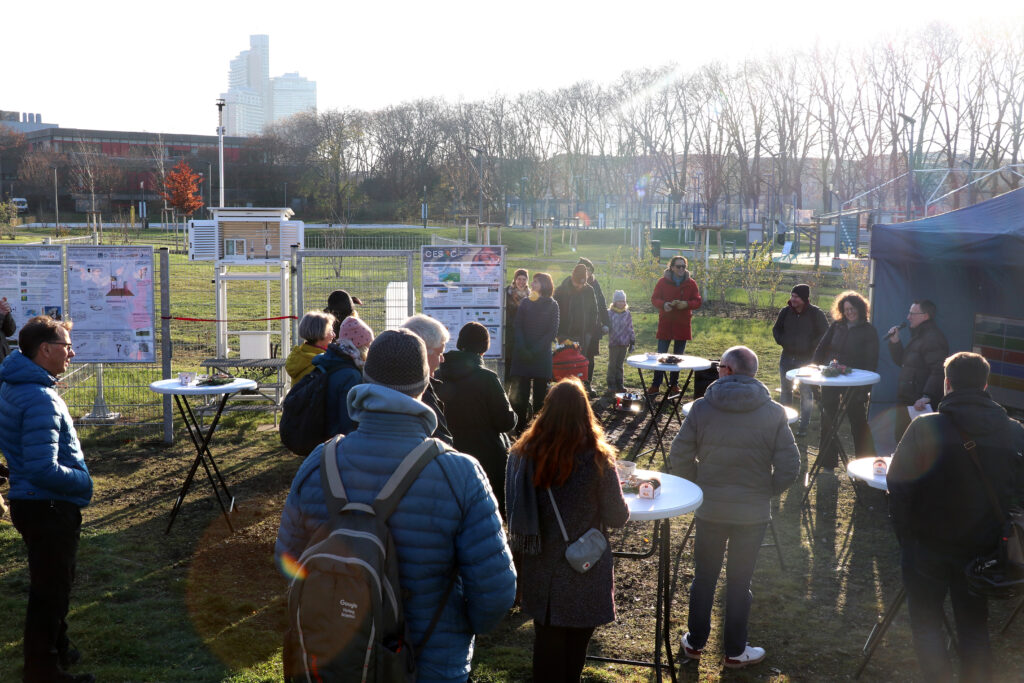In December 2022 we as the working group opened the ‘Meteorologische Messstation Köln’. This project was realized together with our project partners, the City of Cologne, the StEB (water management of the city of Cologne) the UniSport Cologne and University. Now, we as a managing working group and the city of cologne continuously monitor the weather situation in the city center of cologne, which was missing. In the future, the measurements will be used in the university education, to study city weather – such as the heat island effect – and on the longer term to create a climate time series.


The Project was indicated by the city of Cologne looking for a collaboration in monitoring the city’s climate. This project made it possible to set up this station and use it for education and measuring of the weather. But also, to start new collaborations with the city authorities and a real grate opportunity to create outreach and interact with society!


The Project was indicated by the city of Cologne looking for a collaboration in monitoring the city’s climate. This project made it possible to set up this station and use it for education and measuring of the weather. But also, to start new collaborations with the city authorities and a real grate opportunity to create outreach and interact with society! If you want to be up to date about the current and past weather visit our site ‘Meteorologische Messstation Köln’ online – LINK. Or brows back in time for some historical data. In the future, the station will also be equipped with a precipitation sensor, an ozone sensor, as well as, a radiation sensor.

